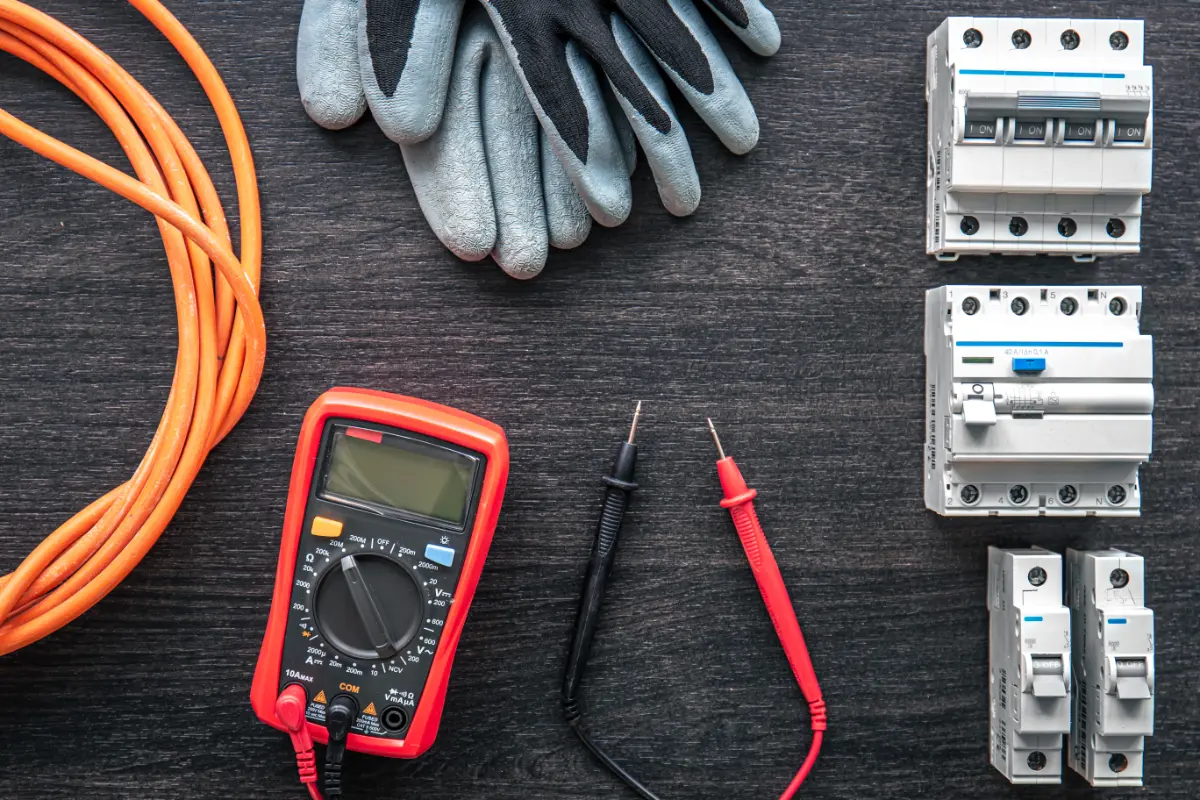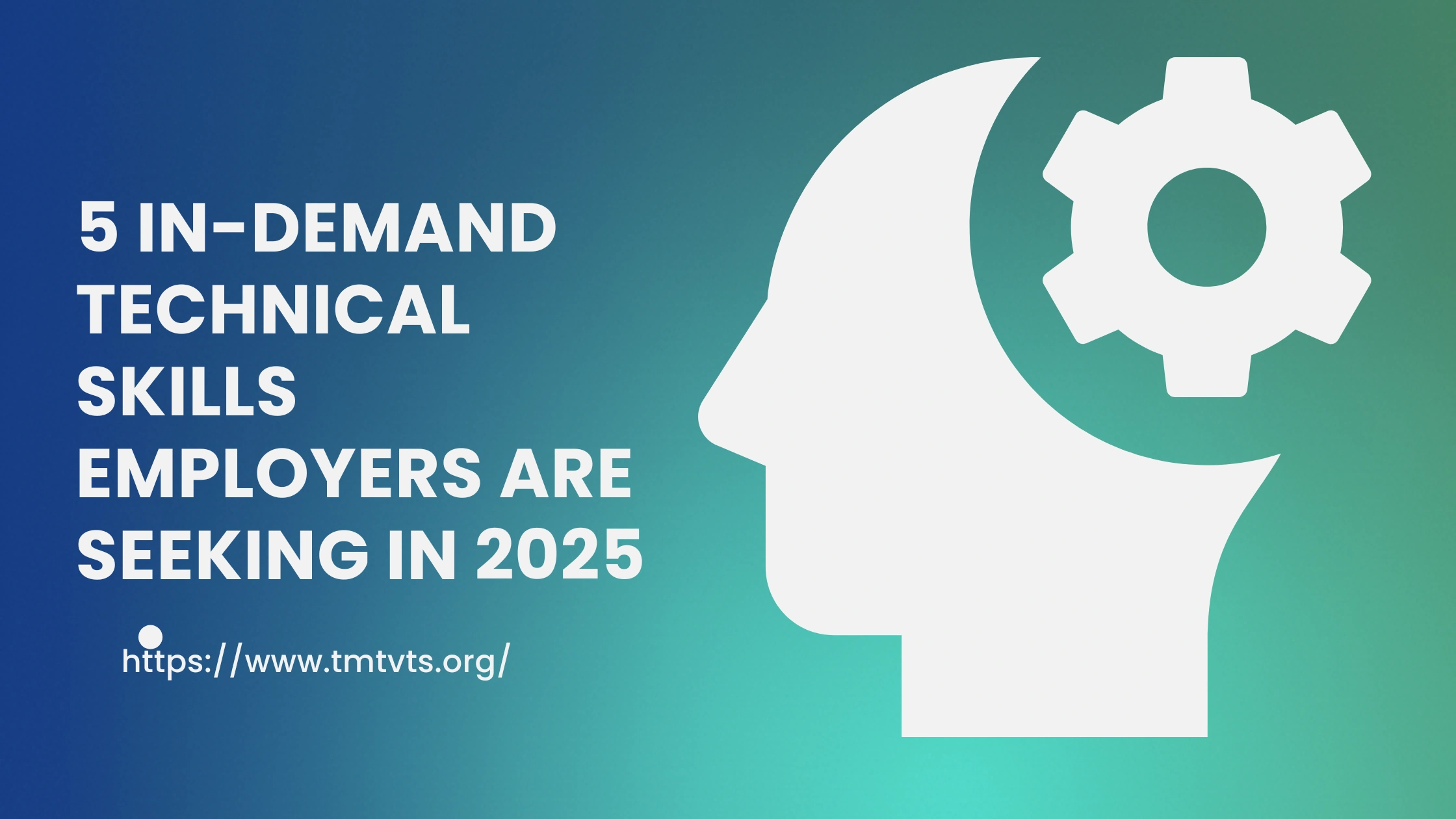Electricity powers almost every aspect of modern life — from the lights in our homes to the devices in our hands. But behind the scenes, not all electricity is the same. The two main types of electrical current you’ll hear about are AC (Alternating Current) and DC (Direct Current).
If you’ve ever wondered why some devices run on AC while others use DC, or why your phone charger needs to “convert” power, you’re not alone. This guide will break it down in plain language so you can understand what AC and DC are, how they work, and where each is used.
1. What Is AC Power?
AC stands for Alternating Current — which means the flow of electric charge changes direction periodically.
Instead of moving in a straight, constant direction, AC current alternates — flowing forward, then backward, many times per second. The number of times it switches direction in one second is called the frequency, measured in hertz (Hz).
In most countries: 50 Hz (changes direction 50 times per second)
In the United States: 60 Hz (changes direction 60 times per second)
Key point: The voltage of AC also changes from positive to negative in sync with the current’s direction change.
How AC Is Generated
AC is produced by alternators in power plants. As a coil of wire spins in a magnetic field, the direction of current changes naturally with each half rotation. This makes AC generation efficient and ideal for large-scale power distribution.
Advantages of AC
Easier to transmit over long distances with minimal power loss (thanks to transformers that step voltage up or down)
Widely available — most wall outlets supply AC power
Cost-effective for power distribution
2. What Is DC Power?
DC stands for Direct Current — which means the flow of electric charge moves in one constant direction.
The voltage remains steady (e.g., a constant 5V from a phone charger), and the electrons travel in a single, unidirectional path.
How DC Is Generated
DC power can come from:
Batteries (chemical energy converted into electrical energy)
Solar panels (direct conversion of sunlight into DC electricity)
Fuel cells (electrochemical reactions)
It can also be created by converting AC to DC using rectifiers (found inside chargers and power supplies).
Advantages of DC
Steady voltage supply, ideal for electronics and digital devices
Efficient for low-voltage applications like smartphones, LED lighting, and laptops
Direct compatibility with batteries and energy storage systems
3. The Key Differences Between AC and DC
Here’s a quick comparison table for clarity:
| Feature | AC (Alternating Current) | DC (Direct Current) |
|---|---|---|
| Direction of Flow | Changes direction periodically | Flows in one constant direction |
| Voltage | Varies with time (sinusoidal wave) | Constant and steady |
| Source | Power plants, generators | Batteries, solar panels, fuel cells |
| Transmission | Efficient over long distances | Not efficient for long-distance without conversion |
| Applications | Household power supply, appliances | Electronics, portable devices, battery systems |
| Conversion | Can be converted to DC using rectifiers | Can be converted to AC using inverters |
4. How AC and DC Are Used in Everyday Life
While they seem like two separate worlds, AC and DC often work together in modern systems.
Where You’ll Find AC Power
Power outlets in homes, offices, and factories
Large appliances like refrigerators, washing machines, and air conditioners
Public power grids
Where You’ll Find DC Power
Portable electronics (phones, laptops, cameras)
Electric vehicles (EV batteries store DC power)
Solar power systems (panels produce DC)
Example: When you plug your phone charger into the wall, it receives AC from the outlet but immediately converts it into DC to safely charge the battery.
5. Why AC Became the Standard for Power Grids
In the late 19th century, a famous rivalry known as the “War of Currents” took place between Thomas Edison (supporting DC) and Nikola Tesla (supporting AC).
Edison promoted DC because it was safer at low voltages, while Tesla and George Westinghouse championed AC for its ability to transmit power efficiently over long distances.
AC eventually won for large-scale distribution because it could be easily stepped up to high voltages for transmission and stepped down for safe home use.
6. Converting Between AC and DC
Modern technology often requires conversion between AC and DC:
Rectifiers: Convert AC to DC (used in chargers, power supplies)
Inverters: Convert DC to AC (used in solar systems, uninterruptible power supplies)
Example: A solar power system uses DC from the panels, converts it to AC for home use, and sometimes converts it back to DC to store in batteries.
7. Safety Considerations
Both AC and DC can be dangerous if mishandled. Here’s what to know:
AC Risks: Higher tendency to cause involuntary muscle contractions and can interfere with the heart rhythm at certain frequencies.
DC Risks: Can cause severe burns due to constant current flow; higher voltages are equally dangerous.
Safety Tip: Always turn off power before working on electrical systems and follow relevant safety codes.
8. The Future of AC and DC
While AC dominates public grids, DC is making a comeback in certain areas:
Renewable Energy: Solar panels and wind turbines produce DC, making DC distribution in microgrids more attractive.
Electric Vehicles: Run entirely on DC batteries, but charging stations often involve AC/DC conversion.
Data Centers: Some are moving towards DC systems for efficiency and reduced conversion losses.
This suggests that in the future, we might see more hybrid AC/DC infrastructure — blending the strengths of both.
9. Quick Recap
AC changes direction and is ideal for power distribution over long distances.
DC flows in one direction and is best for low-voltage and battery-powered devices.
Most modern devices use both: AC for delivery, DC for operation.
Converters like rectifiers and inverters make it possible for AC and DC to work together seamlessly.
Conclusion
Understanding the difference between AC and DC power isn’t just for electricians or engineers — it’s fundamental knowledge for anyone living in our electricity-powered world.
AC keeps our cities and industries running, while DC powers the electronics we use every day. Both have unique strengths, and together, they form the backbone of modern energy systems.
The next time you plug in your phone, switch on a light, or hear about solar panels, you’ll know exactly what type of power is at work and why it matters.
Contact us at TMTVTS Tech Mech technical training school in Pakistan to get enroll in Electrical





